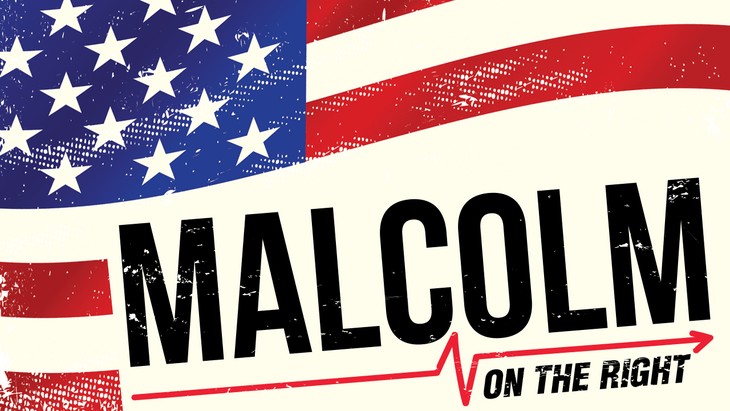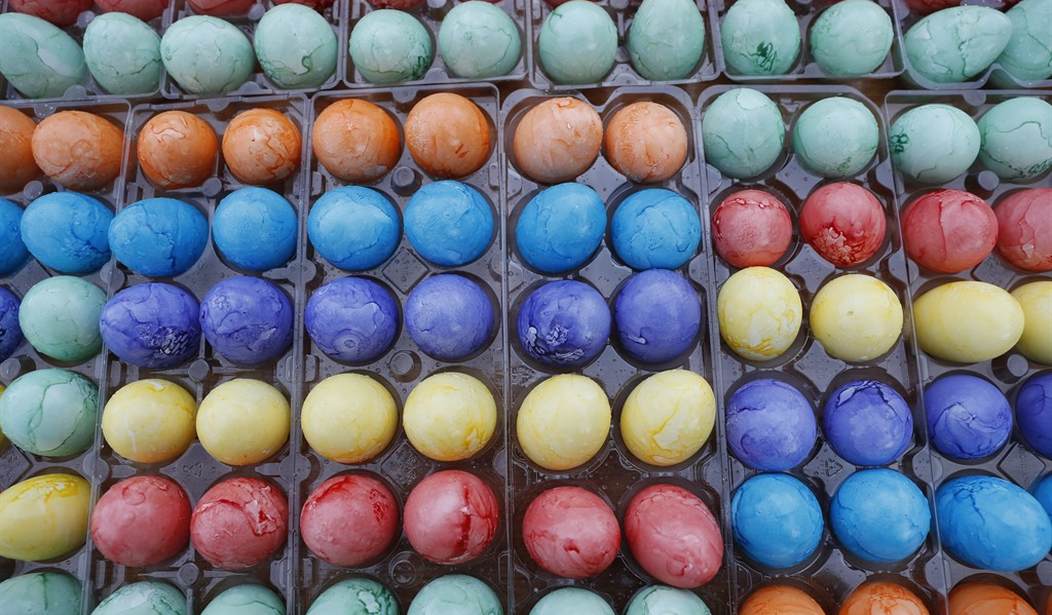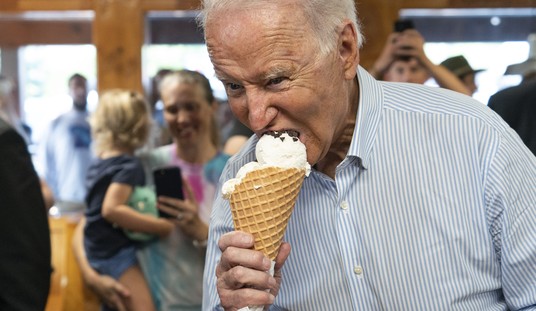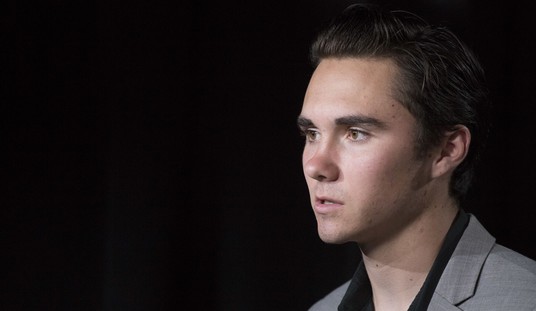A good part of the joy I found working abroad was the stimulating exposure to different customs, traditions, and varied tastes, which provide intriguing and revealing windows into a culture.
How, for instance, it’s rude in Japan to enthusiastically open a new gift because you’re checking to see if it’s any good. Or how McDonald’s there renamed its trademark clown “Donaldo” McDonald because English R’s are so hard to pronounce.
But an even greater joy was–for the first time–seeing American customs through foreign eyes, even if that turned out to be rather embarrassing at times.
I’ve written literally thousands of stories over more than five decades. This is a retelling of one of my all-time favorites that emerged during the spring of 1975, when I found myself in Guam covering the Vietnam War’s aftermath. More than 120,000 refugees were there in a tent city so immense, it had its own zip code.
Within that anxious throng were two Vietnamese interpreters of my employer and some two dozen of their extended family members. None of them had ever been outside Vietnam before.
These interpreters were like local assistants to American media all over the world, as I wrote here recently. They had guided and guarded me in their country. Now, it was my turn.
I checked on the families most days to ensure a smooth journey to their new lives in the U.S., and to answer any questions I could. They were confined to the encampment, but had a radio to listen to English news. It was around Easter time.
One afternoon just before the women began preparing dinner, squatting on the floor as they did back home, one of the interpreters said they had some questions. I’ll call him Tran.
Sure, I said, walking innocently, naively, and blindly toward a cultural quicksand pit. He summoned the families to assemble closer for a Q&A with their wise, American friend.
The families gathered around on the floor, looking up at the all-knowing savior-shepherd they knew would transition them safely into that exotic American culture they knew only from movies. No choice about going back now. So, they were eager to learn.
Now, in defense of my unthinking innocence, I was surviving those days on Coca-Cola, cold sandwiches, and four hours sleep a night, covering a major story for a newspaper on the other side of the International Date Line.
Tran had diligently done his best to guide our travels together and explain the intricacies of South Vietnamese culture in wartime. Now, it was my turn.
“We hear a lot about this Easter holiday,” he said.
“Yes,” I replied, “it’s a profoundly religious holiday. I am not personally qualified to explain it well. The celebrations at home also involve candy, new clothes, and a lot of other things.” He translated. People nodded.
“Is the Easter Bunny part of this religious celebration?”
“Oh, uh, no,” I said, really getting into the role of storyteller. “He’s not really religious. That’s just part of the cultural celebration like Easter eggs.”
“What are Easter eggs?”
“Ah, that’s easy,” I said, thinking it was. “Before Easter, parents go out and buy a few dozen eggs. Maybe 24 or 36.”
A question from the back in Vietnamese. Translated. “What kind of eggs? Bird eggs? Snakes?”
“Chicken eggs.” The crowd nodded. Chickens they knew. This was good.
Then what? “Well,” I continued, “the parents boil these eggs and then with the children they dip them in brightly-colored dyes.”
Pause.
“Why?”
“Um. Honestly, I don’t really know. Just tradition. They look prettier, I guess. Spring colors and all, you know.”
Apparently, they didn’t know. The translation prompted puzzled looks. Changing the color of chicken eggs? Polite, but puzzled looks. I just kept smiling. By then, the curious crowd had grown much larger for the afternoon matinee.

“What do you do with these colored chicken eggs?”
“Well, the children go to bed. Then, the parents and grandparents — they’re just like you folks here — they hide the chicken eggs all over the house and yard.”
Silence. Waiting.
“And in the morning, the parents tell the children that during the night, a large rabbit came into the house and hid their colored chicken eggs all over.”
Tran stared at me.
“A large rabbit?”
I was already in too deep. “Yes, a large rabbit. He hides the colored chicken eggs. Everywhere.”
Tran translated this to the throng. The children looked frightened. No one said a word. They just stared. At me.
Then, a question from the back, translated. “How large exactly are American rabbits?”
“Large enough to hide all the chicken eggs everywhere,” I joked. But I was the only one laughing. “The Easter Bunny isn’t real,” I confessed. “It’s a made-up story. That parents tell. To children. To explain the missing chicken eggs.”
More silence.
Then what?
“Well, the children get excited and run around all over looking for the eggs. And, uh, they find most of them.”
“What do they do with the chicken eggs? Take them to the temple?”
“No, no, they go in the refrigerator and the children get them in their lunch bags for weeks. Oh, but they do eat candy. Lots of candy. Too much candy usually.”
“What kind of candy?”
“Eggs. Rabbits.”
Tran started to speak. “No!” I interrupted. “It’s chocolate rabbits and chocolate eggs.”
Tran led the gentle applause.
I could actually have gone on with details about costumed children begging for candy at strangers’ homes. And then, the one about a fat man in a red suit who sneaks into homes at night with magic, flying reindeer, including one with a lighted nose.
But I left those yarns for later.
And, I vowed, someone else.













